Helping Birds and Floating Solar Energy Coexist

Research conducted by the U.S. Department of Energy’s Office of Energy Efficiency and Renewable Energy, the Center for Energy and Environment, and the UC Davis Western Cooling Efficiency Center delves into the benefits of aerosol envelope sealing techniques for existing residential buildings.
WCEC Represents in DC for ARPA-E
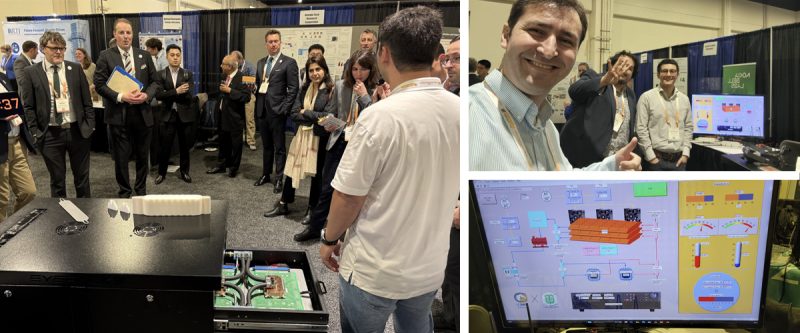
Research conducted by the U.S. Department of Energy’s Office of Energy Efficiency and Renewable Energy, the Center for Energy and Environment, and the UC Davis Western Cooling Efficiency Center delves into the benefits of aerosol envelope sealing techniques for existing residential buildings.
New Video: Affordable, Effective Indoor Air Purification — DIY Style

Research conducted by the U.S. Department of Energy’s Office of Energy Efficiency and Renewable Energy, the Center for Energy and Environment, and the UC Davis Western Cooling Efficiency Center delves into the benefits of aerosol envelope sealing techniques for existing residential buildings.
Smarter Buildings, Lower Bills: The Power of Whole-Building Integration
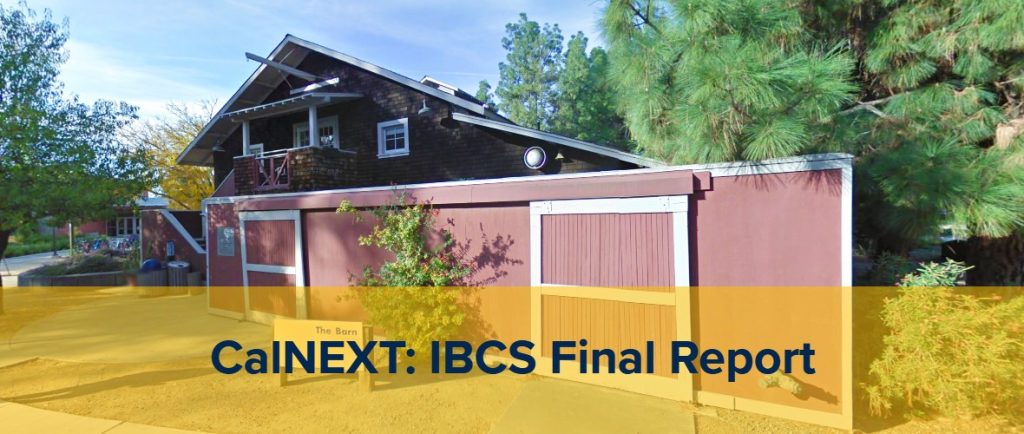
Research conducted by the U.S. Department of Energy’s Office of Energy Efficiency and Renewable Energy, the Center for Energy and Environment, and the UC Davis Western Cooling Efficiency Center delves into the benefits of aerosol envelope sealing techniques for existing residential buildings.
California’s EV Dream? Not for Drivers Struggling to Charge
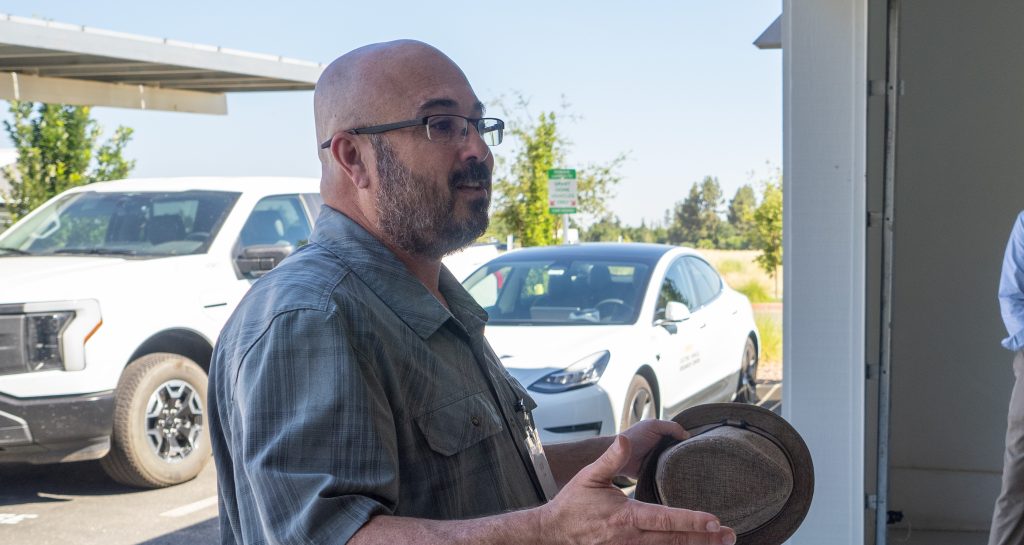
Research conducted by the U.S. Department of Energy’s Office of Energy Efficiency and Renewable Energy, the Center for Energy and Environment, and the UC Davis Western Cooling Efficiency Center delves into the benefits of aerosol envelope sealing techniques for existing residential buildings.
EEI Experts to Lead Free Industrial Energy Efficiency Training
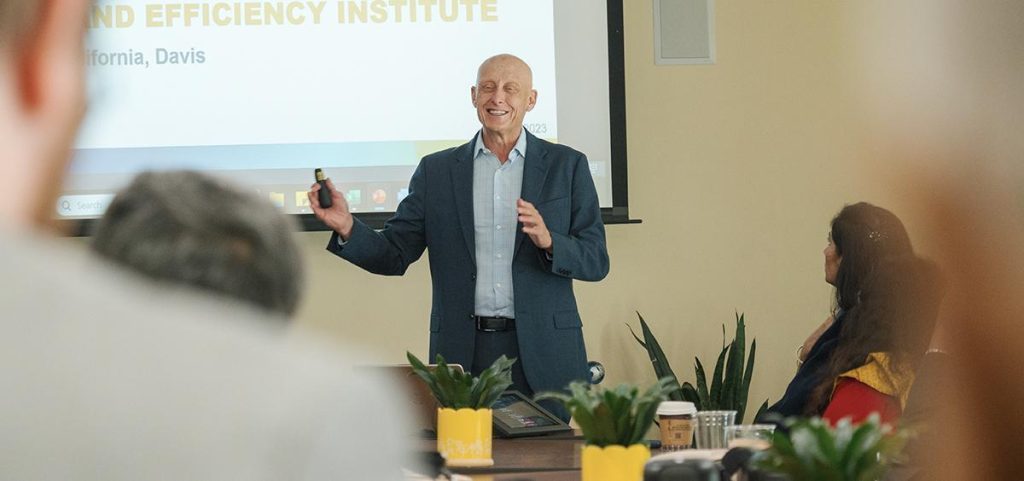
Research conducted by the U.S. Department of Energy’s Office of Energy Efficiency and Renewable Energy, the Center for Energy and Environment, and the UC Davis Western Cooling Efficiency Center delves into the benefits of aerosol envelope sealing techniques for existing residential buildings.
Shedding Light on Solar Panel Shade
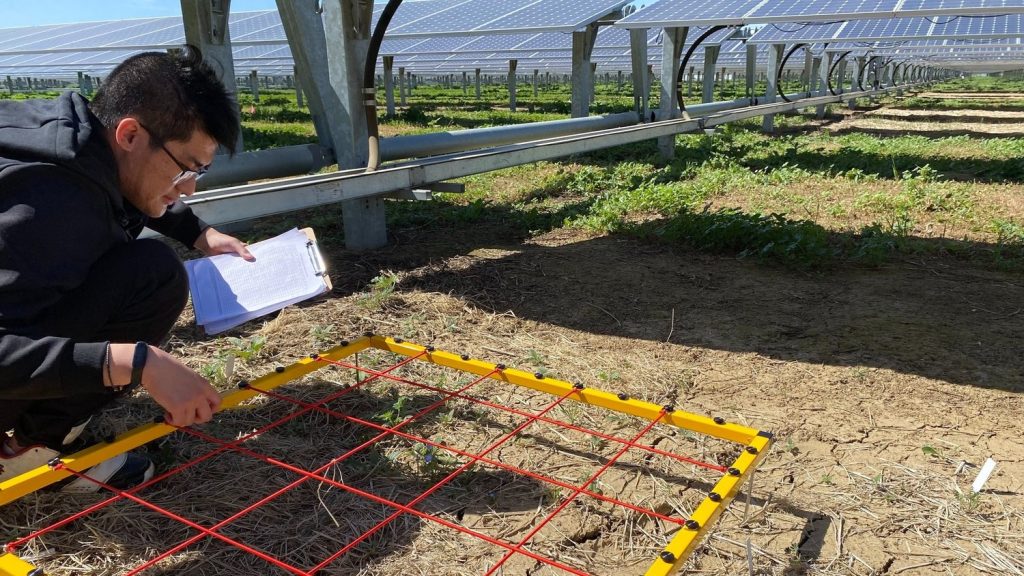
Research conducted by the U.S. Department of Energy’s Office of Energy Efficiency and Renewable Energy, the Center for Energy and Environment, and the UC Davis Western Cooling Efficiency Center delves into the benefits of aerosol envelope sealing techniques for existing residential buildings.
Storing Carbon in Buildings Could Help Address Climate Change
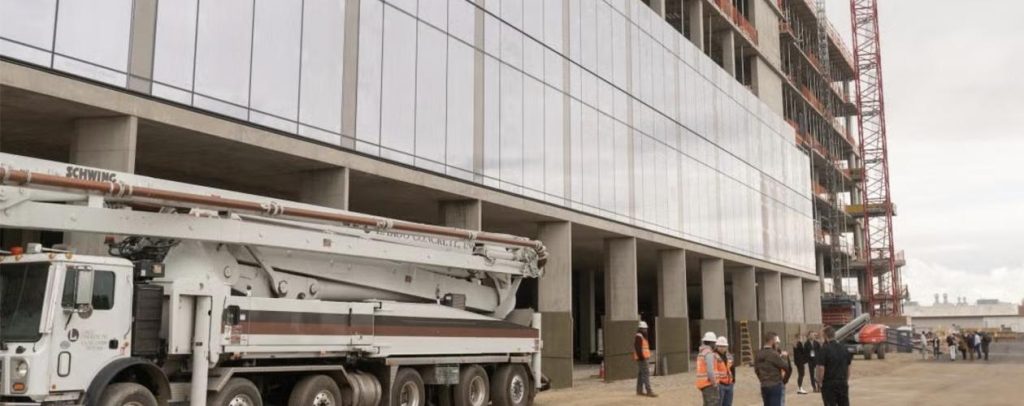
Research conducted by the U.S. Department of Energy’s Office of Energy Efficiency and Renewable Energy, the Center for Energy and Environment, and the UC Davis Western Cooling Efficiency Center delves into the benefits of aerosol envelope sealing techniques for existing residential buildings.
A Clean Energy Boost for Multitasking Lands

Research conducted by the U.S. Department of Energy’s Office of Energy Efficiency and Renewable Energy, the Center for Energy and Environment, and the UC Davis Western Cooling Efficiency Center delves into the benefits of aerosol envelope sealing techniques for existing residential buildings.
Video: Efficiency Meets Safety in Novel Food Pasteurization System
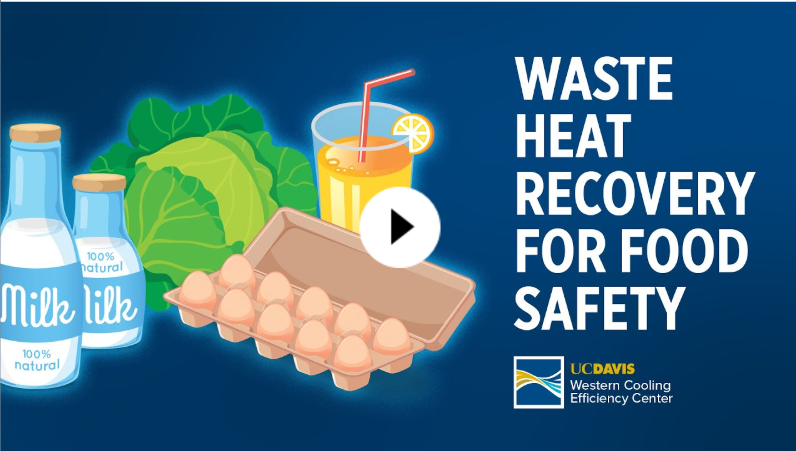
A new video series developed by experts at the UC Davis College of Engineering and California Department of Public Health aims to help building and facility managers better understand how to manage indoor air quality.

